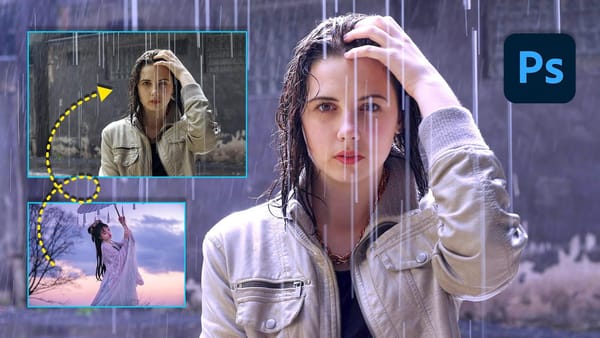In this presentation, you will explore an oil painting technique that has stood the test of time, used by Old Masters for centuries. This method begins with a basic CPA underpainting, which serves as a foundation for the artwork.
Following this, layers of color are added on top to create depth and richness. The speaker will demonstrate this technique through digital speedpaints, showing how you can apply it to your own work. The process starts with loose sketching to establish composition, followed by grayscale values to define forms and create a sense of distance. This approach emphasizes the importance of light and shadow in visualizing shapes. Additionally, the speaker discusses how to communicate scale effectively by using contrasting values and incorporating small figures for reference. Finally, color is introduced, allowing the underlying tones of the underpainting to shine through.
This technique not only enhances the visual appeal but also adds personality to the painting. You are encouraged to try this method in your own art, making it a valuable addition to your creative toolkit.












